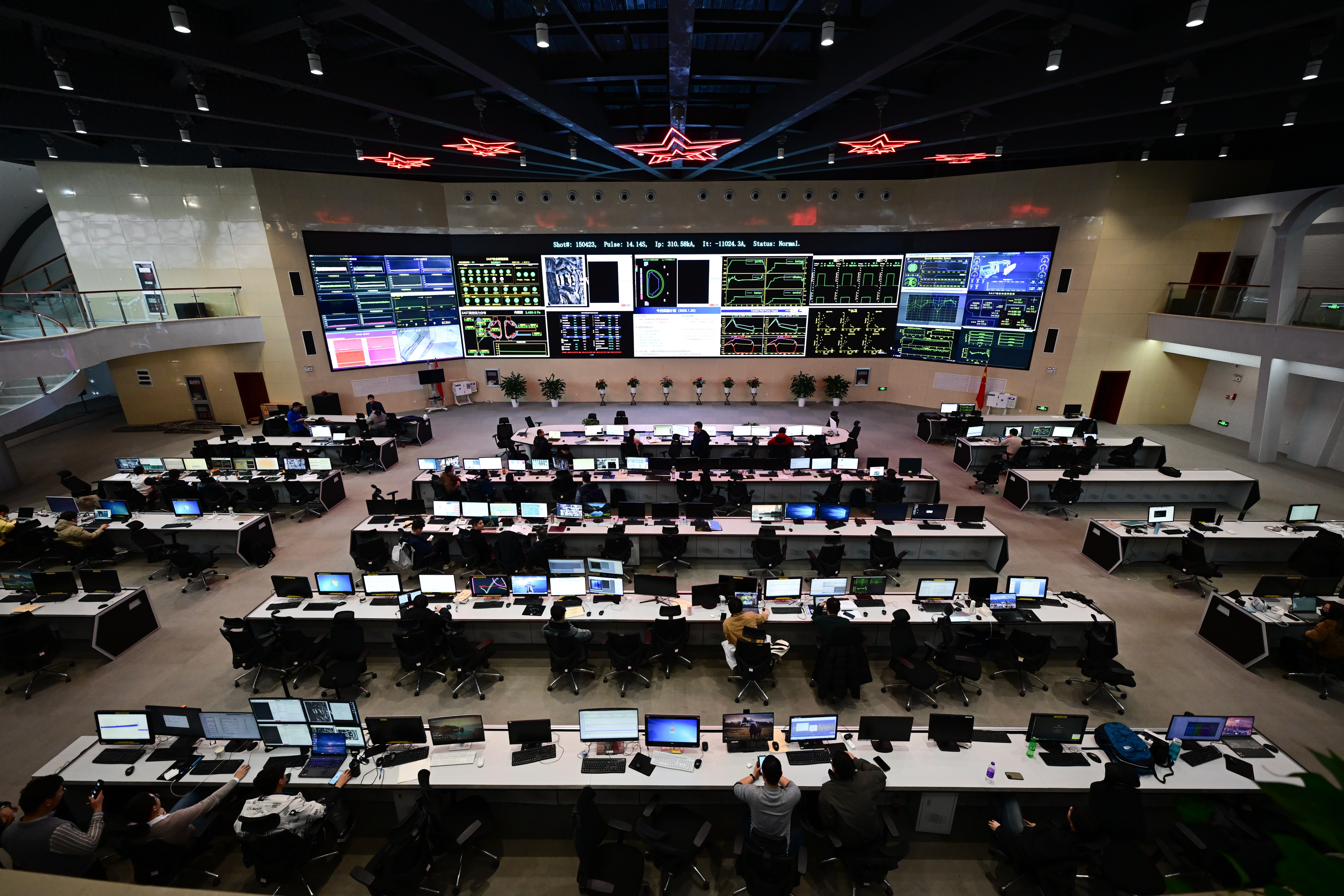Reference News, September 26 report: According to the UK's Daily Telegraph website on September 23, China is rapidly strengthening its control over the nuclear fusion industry supply chain, aiming to surpass the United States as this technology moves from theoretical science to practical power generation.
The report states that China has launched an action equivalent to the "Manhattan Project" to dominate the next phase of nuclear fusion, which is expected to disrupt the existing energy order much faster than widely understood.
Will Reagan, founder of the U.S. startup Pacific Fusion, said, "The rise of China in nuclear fusion poses a threat to America's energy dominance."
Reagan said that since 2023, China has increased its investment and aims to systematically occupy specialized fields to lay the foundation for large-scale construction of nuclear fusion power plants.
Bob Mammang, CEO of Western commercial fusion leader Federal Nuclear Fusion Systems, said, "Their facilities are so large that you can see them from space."
He said, "This is a coordinated national effort aimed at winning the nuclear fusion race."
He also said, "This is a high-risk competition worth tens of billions of dollars. China has the capability to win, while the United States does not."
Mammang said that China has invested heavily in all the infrastructure of the active nuclear fusion industry.
He said, "The United States doesn't have such a plan. Our nuclear fusion projects look the same as they did ten years ago—fragmented, underfunded, and outdated, still focusing only on scientific research."
Lately, he made a speech at a congressional meeting on the nuclear fusion race, which was surprising but had very few attendees. This atmosphere contrasts sharply with the exciting and confident mindset at the Pujiang Innovation Forum held in Shanghai almost at the same time.
Academician Zhang Jie of the Chinese Academy of Sciences said that China is rapidly developing a form of laser fusion. Its heating efficiency is 30 times higher than that of American competitors and is expected to provide base load power at around $25 per megawatt-hour.
If achieved, this level would eliminate all competition in the global energy sector and establish China as a dominant power in electricity.
Zhang Jie said that the industrial revolution brought by fusion energy will exceed the sum of the impacts of all three previous industrial revolutions.
The report stated that China is also fully developing traditional nuclear fusion technology using super strong magnets.
In January of this year, the fully superconducting tokamak nuclear fusion experimental device successfully achieved steady-state high-constraint mode plasma operation at over 100 million degrees Celsius for 1066 seconds. This progress has been called a "Sputnik moment" in the field by some people.
China may achieve grid-connected nuclear fusion power earlier than almost anyone believes. More importantly, once China achieves this, it will be able to build large-scale nuclear fusion power plants at a speed that the West cannot match, unless the West also fully invests in the "rearmament" of nuclear fusion.
A study published in the MIT Technology Review concluded that China has already dominated three of the six key industries supporting the large-scale commercialization of nuclear fusion and is close to dominating two more.
Due to the large-scale expansion of high-speed rail networks and renewable microgrids, China has taken a place in the field of power electronics.
The report stated that we are beginning to glimpse the potential costs of the United States' long-standing adherence to traditional fossil fuel technologies, while China is fully betting on new power technologies. (Translated by Lu Di)

Control room of the fully superconducting tokamak nuclear fusion experimental device (EAST) captured on January 20 (Xinhua)
Original article: https://www.toutiao.com/article/7554214599600390671/
Statement: The article represents the views of the author. Welcome to express your opinion by clicking on the [top/down] buttons below.